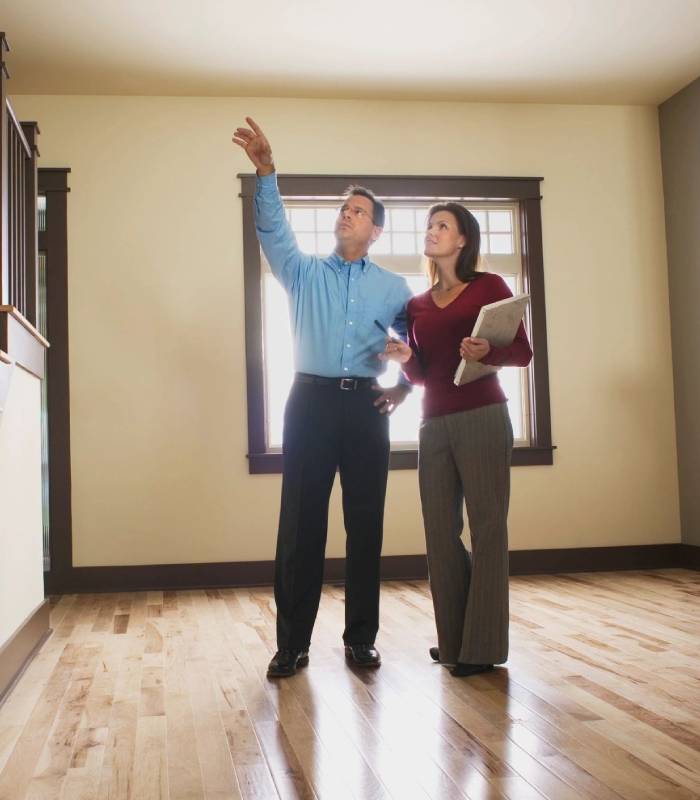
Radon is a colorless and odorless gas that comes from the soil. The gas can accumulate in the air we breathe. Exposure to radon over a long time can lead to lung cancer.
Is There a Safe Level of Radon?
Any radon level poses some health risks. While it is not possible to reduce radon to zero, the best approach is to lower the radon level as much as possible. The Environmental Protection Agency (EPA) has set the action level at four pCi/L (picocuries of radon per liter of air). At this level or higher, it is highly recommended to install a radon mitigation system to reduce the radon level.
What Are the Health Risks of Radon?
Radon is the number one cause of lung cancer for non-smokers and the second leading cause of lung cancer in smokers. Your risk for lung cancer increases with higher levels of radon and longer periods of exposure. It is estimated that 21,000 people die each year in the United States from lung cancer due to radon exposure. For smokers, the risk of getting lung cancer from radon exposure is higher than for non-smokers. Reducing smoking and radon exposure greatly reduces the risk of lung cancer.
A radon test is the only way to know how much radon is in your home. Radon can be reduced with a mitigation system.
